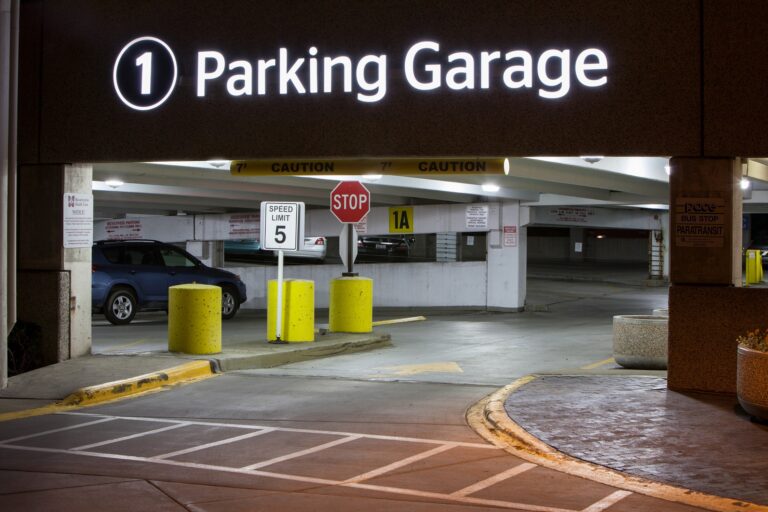October 14, 2005—While nationwide spending on ratepayer-funded electric energy efficiency programs showed modest growth from 2000 to 2003, spending levels continue to vary widely among the states, according to a new study by the American Council for an Energy-Efficient Economy (ACEEE). Total spending on these programs was about $1.35 billion in 2003, up from about $1.1 billion in 2000 and about $900 million in 1998.
“A relatively small number of states continue to account for most of the investment in energy efficiency through utility and related programs,” according to Dr. Marty Kushler, co-author of the study and Utilities Program Director at ACEEE. “These leading states rightly recognize that energy efficiency can save energy at half the cost of new energy supply. As a result, they are increasing their commitment to energy efficiency and are saving their citizens and businesses a lot of money on their energy bills.”
The top ten states in spending as a percentage of utility revenues are: Vermont, Massachusetts, Washington, Rhode Island, New Hampshire, Oregon, Wisconsin, New Jersey, Montana and California.
The ten lowest ranked states-with little or no program spending on energy efficiency programs-are: Alabama, Oklahoma, Missouri, Maryland, Nebraska, North Carolina, Kansas, Delaware, Virginia, and Wyoming.
Total spending on programs nationwide represents about 0.5% of utility revenues. The leading states spend from 1 % to 3% of utility revenues on efficiency.
A downloadable copy of the study is available online.




